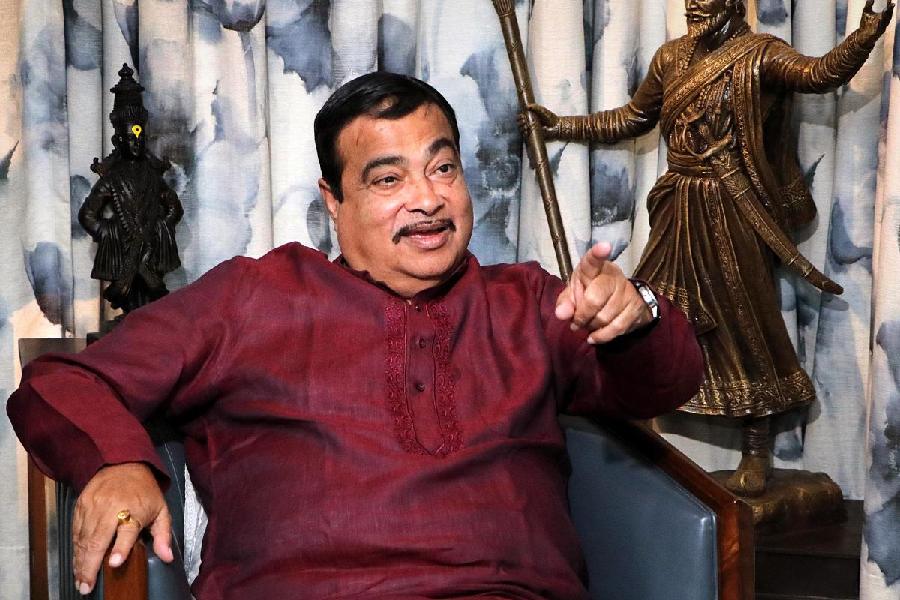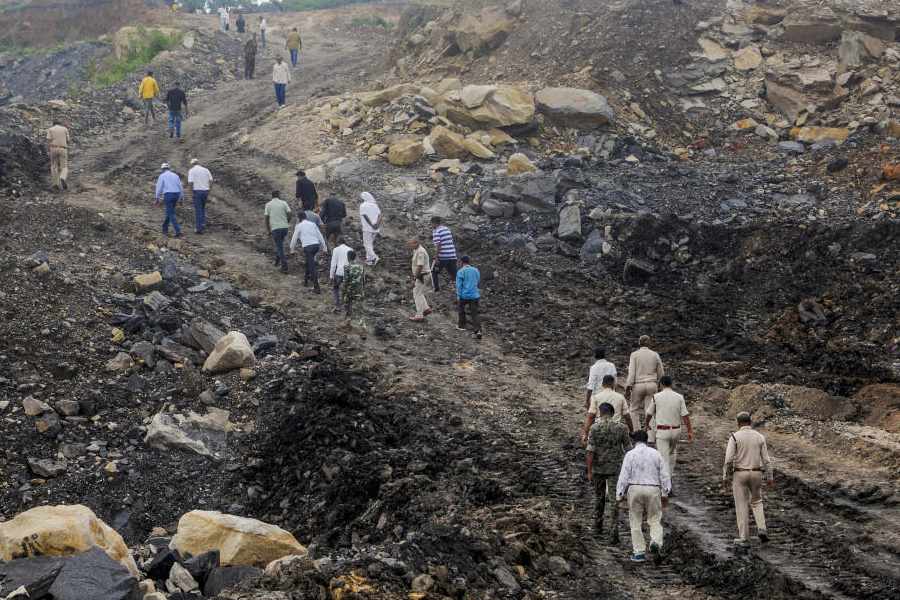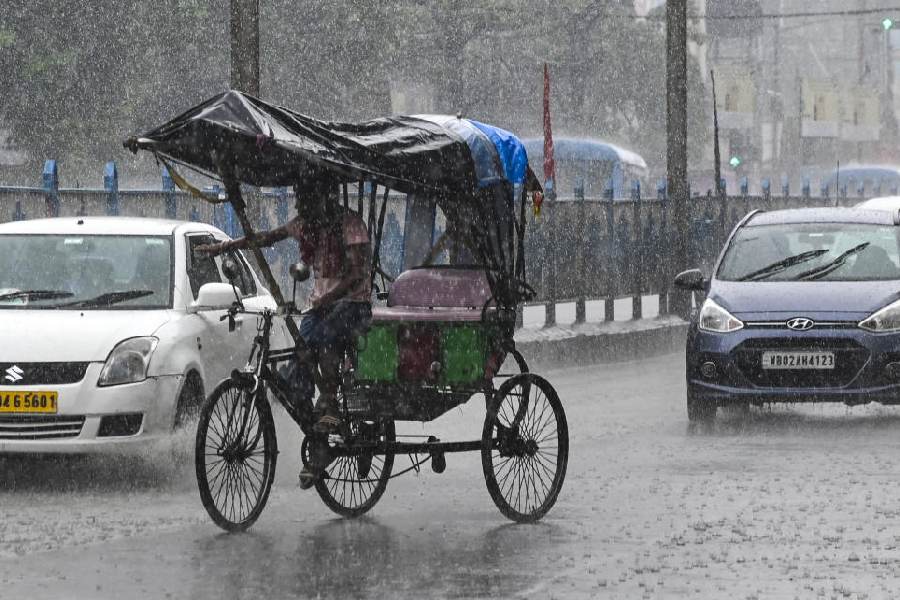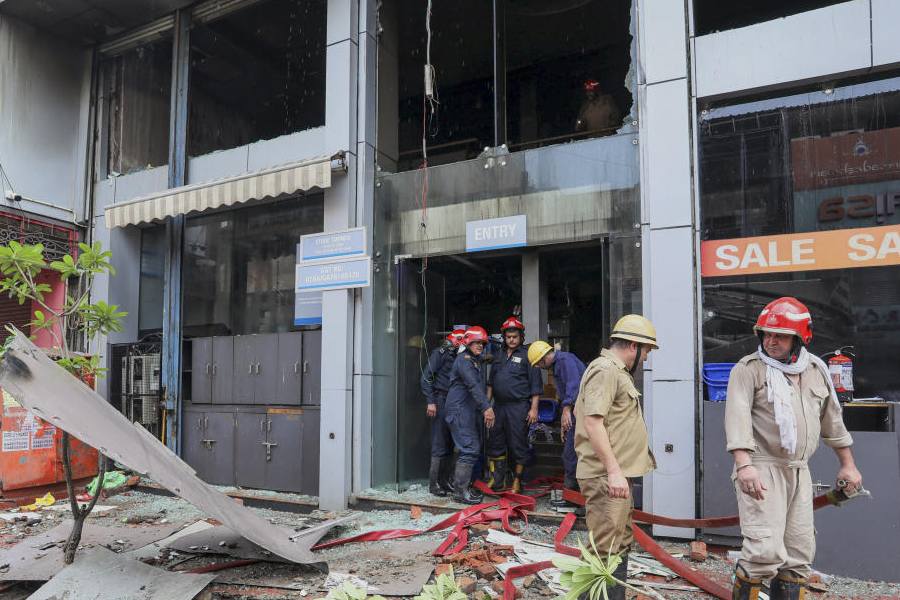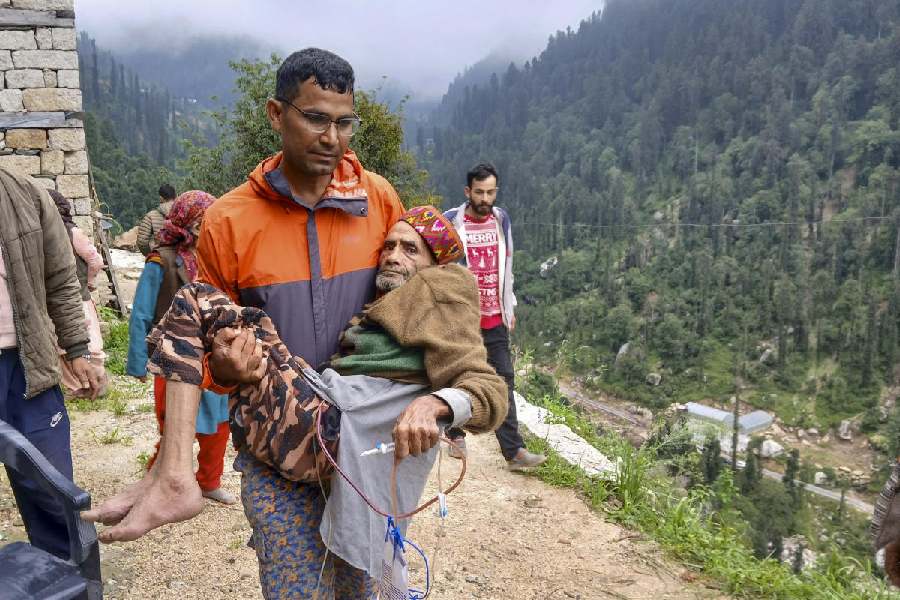 |
.jpg) |
| Get, set, go! For Hari Singh, it is always attack from the word ‘go’, and (BOTTOM) with his navigator, G.S. Mann (right) |
In September 1999, I was probably involved in the worst accident of my career. My navigator, G.S. Mann (“Bittoo”), and I had participated in the Popular Rally in Kochi, the penultimate leg of the national rally championship. We were leading the championship, having already been national champions five times — in 1992 and through 1994 to 1997.
The Kochi event is a 500-km tarmac rally over two days. The line-up included India’s top rallying talents like N. Leelakrishnan and Naren Kumar and the top four or five drivers were separated by seconds in timing.
We were using a semi-slick tyre instead of the normal tarmac tyres we always used. JK Tyre had developed a special compound and we were using these tyres for the first time. Our Maruti Esteem was easy to handle and I could push her to the limit without losing grip.
We set off on Day 1 around 7.30 or 8 am with a long (about 100-odd km) transport stage from Kochi to Marine Drive. The rally stages began in the Munnar foothills. In the first stage, we put in a good timing and took the lead. For me, it was always attack from the word “go”. The second stage also went off well. We were doing speeds of 140-150 kmph at times.
In the third stage, we had a puncture. And that’s when things started going wrong. We lost much time changing the tyre. At least three or four cars got ahead of us. When you have suffered for no fault of yours, you want to push harder. And I made up time in the fourth and fifth stages.
Things began to look good again in the sixth stage and I thought I could push even harder. And that’s when the element of human error creeped in. I lost control on a fast right-hander. We were doing close to 130 kmph and the tyres lost grip. The car started sliding sideways to the left. It was the same as in Formula 1 — once the tyres let go, there’s very little chance of correction. The drop was on the left of the road, and there was a tree growing on the hillside. It was the tree that was a hindrance to our sideways progression. The car just went and wrapped itself round the tree.
The impact was on the navigator’s door but Bittoo and I remained unscathed. We got out of the car on my side and our first thought was to inspect the damage and see how we could get going again. It was only after we had walked round that we realised it was the end of the rally for us.
After every crash, Bittoo and I always reacted as a team. Our first reaction was to try and get the car working and move on. The adrenaline rush was great so there was no place for fear.
We walked out of that crash without a scratch because all the safety precautions were in place. The car had been prepared by a man considered one of the best tuners in the business — Brian Palmer, the former Mitsubishi rally art engineer now based in Malaysia. Palmer’s priority has always been to make the car as safe as possible and then, after that, to try to get her to go as fast as possible. Safety devices include a roll cage, four-point seat belts, special rally seats and helmets. Palmer’s roll cage took the impact without letting us get hurt.
Personal gear includes rally suits that are made of material which is fire resistant for about a minute and a half. That gives you enough time to get out of the car. Our shoes and gloves are also fireproof. We wear specially designed helmets of carbon fibre that are built to absorb impact. The helmets have built-in intercoms so that you can speak to your co-driver and also to rally headquarters.
It was a disappointing end to our ambitions but I have always believed that whatever happens is for the best. Who knows, a worse accident might have occurred had we gone on.
Postscript: Hari and Bittoo did not finish in the final leg either and did not become national champions. But they became the first Indians to win the Asia Zone Rally Championship in 2000.


